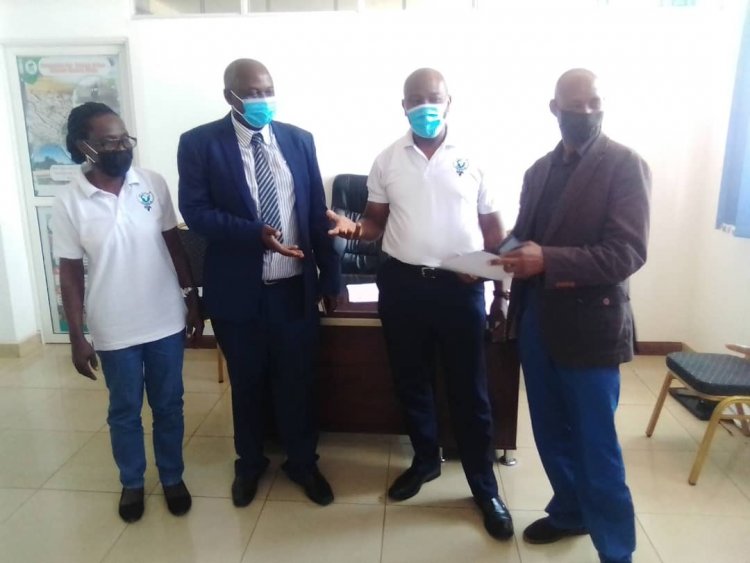Bio Vision Africa, WEMECO mark Lead poisoning prevention week with a call to raise awareness of health effect of lead exposure.
Goal 3 of the UN SDGs call upon governments to ensure health lives and promote well being for all at all ages.

As Uganda joined the rest of the world to commemorate the International Lead Poisoning Prevention Week of Action that falls from 24th to 30th October, Uganda Civil Society organizations Bio Vision Africa together with Western Media for Environment and Conservation (WEMECO) has called upon stakeholders to use the week to raise awareness and promote actions to address the human health effects of lead exposure especially among children.
The global theme of the week is: Working together for a world without lead paint”
The Executive Director Bio Vision Africa, Kamese Geoffrey while in a joint media conference held at their offices in Ntinda, said that though in many countries there exit a total ban on paint containing lead, in Uganda there is still laxity in enforcing the regulation which he said put children in danger of various health complications.
He called upon stakeholder to come together and unite in promoting a strong policy that will eliminate lead paint in Uganda.
Bio Vision Africa and WEMECO call upon all paint companies that still produce lead paints to expeditiously stop the use of lead paint ingredients in paint formulation. We propose the certification of paint companies that have shifted to non-lead paint production through 3rd party verification procedures” he said.
In a joint statement the CSOs recommended that National Environment Management Authority (NEMA) to fast truck the drafting and development of an appropriate legislation that will help ban the manufacturing and production, import, sale of lead paint that exceeds lead concentration of 90 parts per Million (ppm), to carry out assessment of lead paint by relevant authorities, demand by consumers of non-lead paint among others.
According to the report of the study conducted by National Association of Professional Environmentalist released in June 2017, it indicated that there is lead in solvent-based paints for home use in Uganda.
The report showed that 20 out of 30 analyzed solvent based paints, 67% of the paints wee lead paints containing lead contrite above 90 parts per million. 11 paints contained representing 37% contained high lead concentration above 10,000 ppm while the highest lead concentration detected was 150,000 ppm in two yellow paints sold for home use.
It also reveled that paint can labels did not carry any information about lead concentration.












